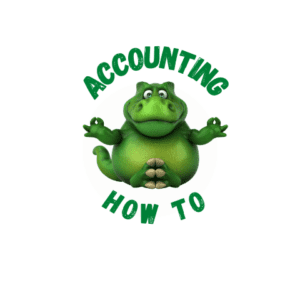Accounting How To: How to Pass Accounting Class!
Recent Posts
Depreciation Expense and Accumulated Depreciation can be a hard concept for accounting students. It's easy to get confused or struggle to understand what goes where in a journal entry and to keep the...
One of the most confusing chapters in your first accounting class is the bad debts and allowance for doubtful (uncollectible) accounts chapter. Here, we will break it down step by step and provide...
For decades one man's name has appeared as author on scores of accounting textbooks. Who is this shadowy figure who makes accounting students cry? We investigate! (Who says we can't have fun with...
Learning accounting can be a challenge for even the strongest students. Explore these nine tips from an accounting professor on how to make getting an A in accounting much easier. Step 1:...
Starting a nonprofit can be a fulfilling way to make a difference in the community, but it requires careful planning and consideration. Here are key points to consider before embarking on the journey...
Accruing tax liabilities in accounting involves recognizing and recording taxes that a company owes but has not yet paid. This is important for accurate financial reporting and compliance with...
The monthly accounting close process for a nonprofit organization involves a series of steps to ensure accurate and up-to-date financial records. This process ensures that financial statements are...
Navigating Payroll Taxes for Nonprofits: Responsibilities and Compliance
Payroll taxes are the taxes that employers withhold from their employees' wages and are required to remit to the appropriate government agencies. They include various taxes that fund government...
Understanding Form 990: Transparency and Accountability for Nonprofits
Form 990 is a reporting document filed by tax-exempt organizations in the United States with the Internal Revenue Service (IRS). It provides detailed information about the organization's financial...
Financial Disclosures for Affiliated Nonprofit Organizations
Disclosures related to revenue sharing, consolidated financial statements, noncontrolling interests, and related party transactions in the context of affiliated organizations within a nonprofit are...
